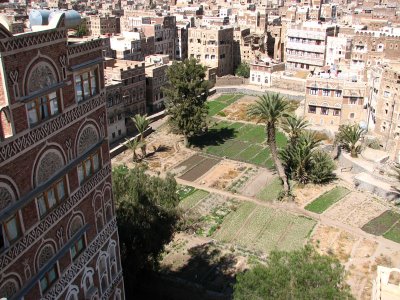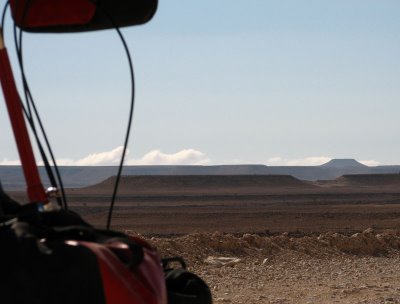a new day in old sana'a





Sana'a is a wonderful city. The sheer size of the old medina and the fabulous brick tower houses leave an unforgettable impression. Sana'a served as a comfortable home base to our Yemen trip, after arrival and before departure, and between our trips west, to Socotra, and to the Hadramawt.

Today, Old Sana'a is completely surrounded by a modern city, but is still large, chaotic and lively enough to retain its raw beauty. Before the Italians paved the Old City, Sana'a was refered to as the Arabian Venice, the water replaced with dust. Pavement meant easier car access (less dust less Venice), but at the same time probably saved Sana'a from abandonment, or from mummification. One of the most wonderful paving jobs is found on the western edge of the Old City, where a paved riverbed doubles as a highway in the dry season.






Everything is worth pointing your camera at, and everything has been fotographed over and over again, so we didn't take a lot of pictures in Sana'a. Just strolled around in all directions, discovering the different soukhs, at different times of day, getting our nuts and raisins for the next biking chapter. Even souvenir shopping is a pleasure in Sana'a.

Although some have been abandoned or built upon, Old Sana'a has retained some of its urban gardens. Cultivated patches of green, allowing light and air into dense clusters of brick, those gardens are almost nicer than regular city parks. Urban farming, the dream of any urban designer.
At its heyday, the city of Sana'a was completely self-sufficient - residents could fully depend on the inner city gardens for food supplies.

We really felt at home in the capsule called Sana'a, mainly through its residents - the friends at Yemeni Dreams, the witty urban kids, the English or French speaking elderly Sanaanis, the vendors, the barber.
On one of our first strolls, we heard a bunch of kids calling us 'Absi wa Lena' and bursting into laughter. Finally Zemzem, a bright young polyglot from Thulla rushed us through the soukh to find us a bag of potato chips featuring Absi and Lena, two manga characters, apparently famous from Yemeni television. And actually - Absi with the messy hair and Lena with two ponytails - we had to admit the resemblance... All of a sudden we had the perfect answer to the "whatsyurname?" resonating from every street corner.
Picture our astonishment when we came back to Sana'a after two weeks in the Hadramawt, stepped out of Abdulalem's 4by4 in front of Taj Talha, and were welcomed by the same bunch of kids, interrupting their game of bottlecap soccer shouting... Absi wa Lena! Absi wa Lena!












































